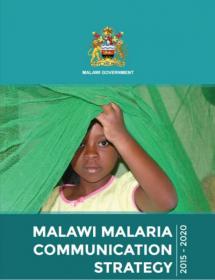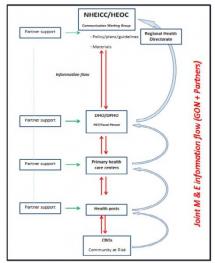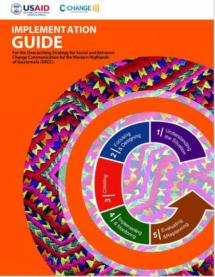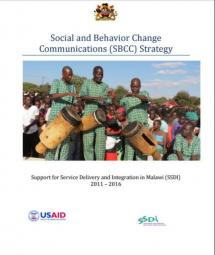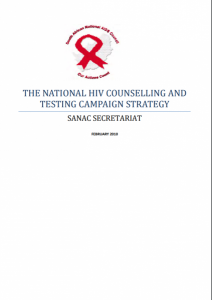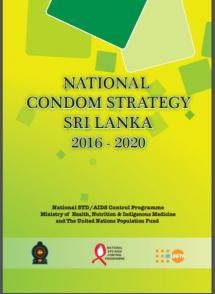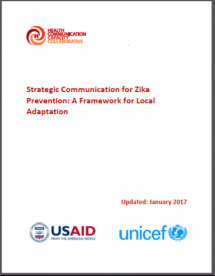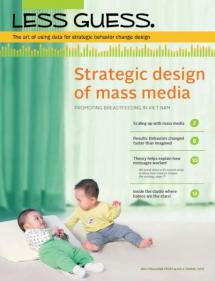Malawi Malaria Communication Strategy 2015-2020
This communication strategy targets specific barriers to malaria treatment-seeking and net use, and seeks to address or remove them for the purpose of increasing LLIN use, IPTp and prompt malaria treatment to 80% from the current baseline.
The primary audiences focused on are 1) heads of household (HH), 2) women of childbearing age, 3) adult patients and 4) caretakers of sick children. Secondary and tertiary audiences include husbands and other men in the community, older women in HHs, community leaders, health workers and relevant government departments. The strategy employs a socioecological model that recognizes that behavior change happens within the context of the interrelatedness of the individual, family, community and the wider societal environment.
Source: SSDI-Communication
Date of Publication: March 25, 2019
SIMILIAR RESOURCES
Tools
Examples
- ITN Access and Use Report 2018
- SBCC for Malaria in Pregnancy: Strategy Development Guidance
- Promoting Uptake of Intermittent Preventive Treatment of Malaria in Pregnancy
- Incorporating Net Care into Malaria Social and Behavior Change Communication Strategies: A Step-by-Step Guide
- Understanding ITN Use: What do your Numbers Really Mean? - Webinar and Presentation
- ITN Access and Use - Mapping Net Culture in Sub-Saharan Africa
- ITN Access Indicator Snapshot
- Care of Mosquito Nets Toolkit
- Treatment 2015
- Social and Behavior Change for Insecticide-Treated Nets (ITN)

